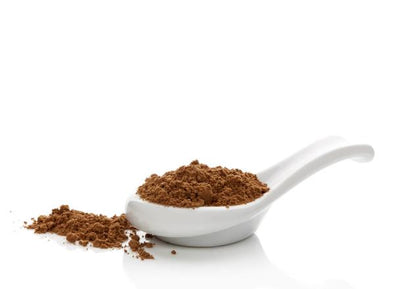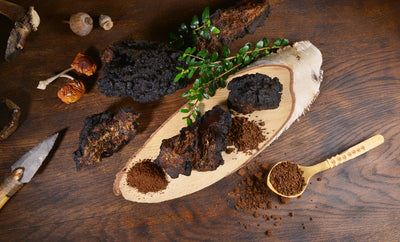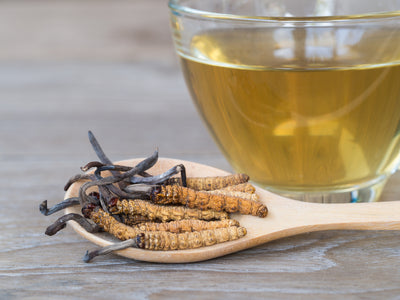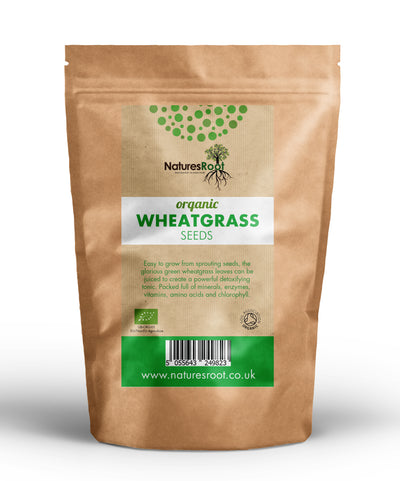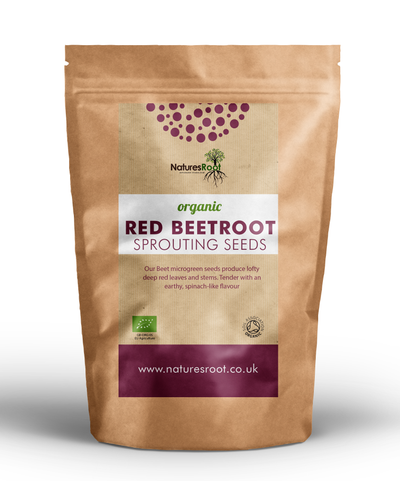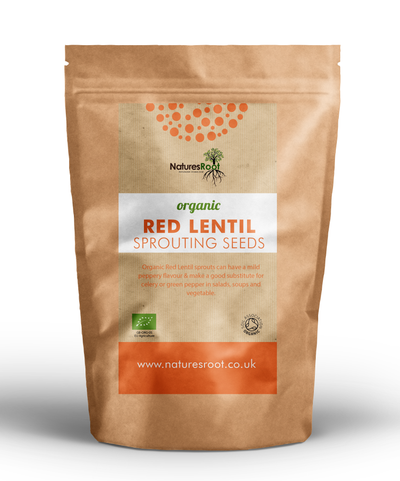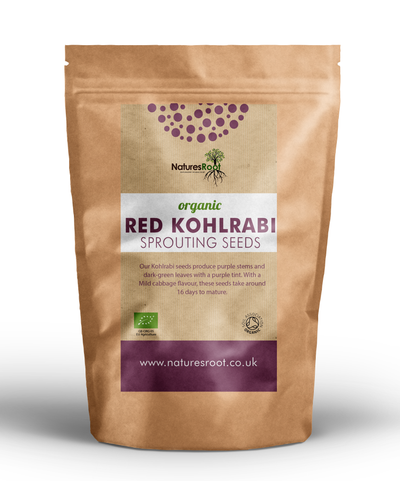News
Unlock the Power of Wheatgrass: A Guide to Boosting Your Health and Wellness
Why consume Wheatgrass
If you're looking to boost your health and wellness, consider adding fresh wheatgrass to your diet. This nutrient-rich grass has numerous benefits that make it worth incorporating into your routine.
First and foremost, wheatgrass is an excellent source of vitamins and minerals. It is high in vitamins A, C, and E, as well as iron, magnesium, and calcium. It also contains a range of antioxidants and enzymes that help to support overall health.
In addition to its nutrient content, wheatgrass has a number of specific health benefits. It is thought to help improve digestion, boost the immune system, and reduce inflammation in the body. Some research suggests that it may also have a positive impact on blood sugar levels and cholesterol levels.
One of the key reasons why consuming fresh wheatgrass is so beneficial is that it is a highly concentrated source of nutrients. Just a small amount of wheatgrass packs a powerful punch of nutrients that can help to support overall health and wellness.
Another advantage of consuming fresh wheatgrass is that it is easy to incorporate into your diet. It can be juiced, added to smoothies or salads, or even dried and powdered for use as a supplement.
If you're looking to boost your health and wellness, give fresh wheatgrass a try. It's a tasty and convenient way to get a healthy dose of vitamins, minerals, and other nutrients that can help to support your overall well-being.
Tips for growing Wheatgrass
Here are some tips for growing wheatgrass:
- Use high-quality wheat seeds that are specifically meant for growing wheatgrass.
- Soak the seeds in water for about 8 hours before planting. This will help to speed up the germination process.
- Spread the soaked seeds evenly over a tray or pot filled with potting soil or seed-starting mix. Cover the seeds with a thin layer of soil or peat moss.
- Keep the soil moist but not waterlogged. Water the soil thoroughly, but be careful not to oversaturate it.
- Place the tray or pot in a sunny location where it will receive plenty of indirect light.
- Harvest the wheatgrass when it reaches about 7-10 inches in height, which should take about 7-14 days.
- Use a sharp knife or scissors to cut the wheatgrass close to the soil line. Rinse the wheatgrass thoroughly before using it.
- Wheatgrass can be juiced or added to smoothies, salads, and other dishes. It can also be dried and powdered to use as a supplement.




